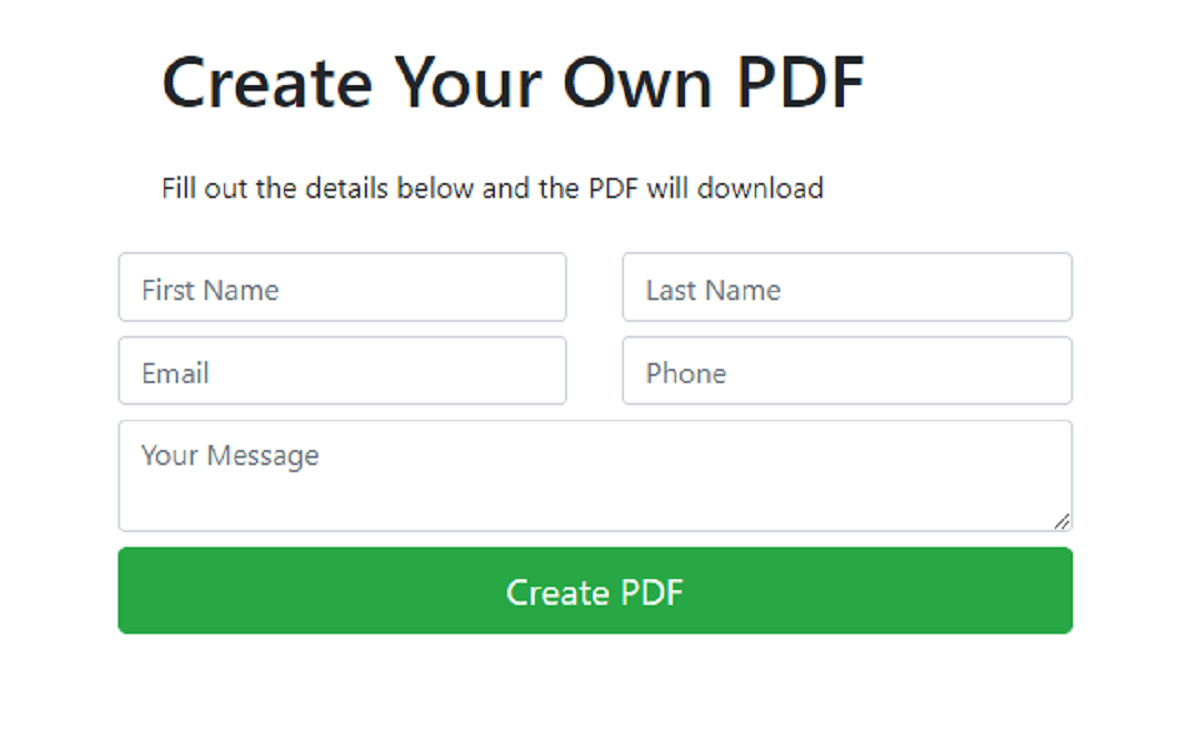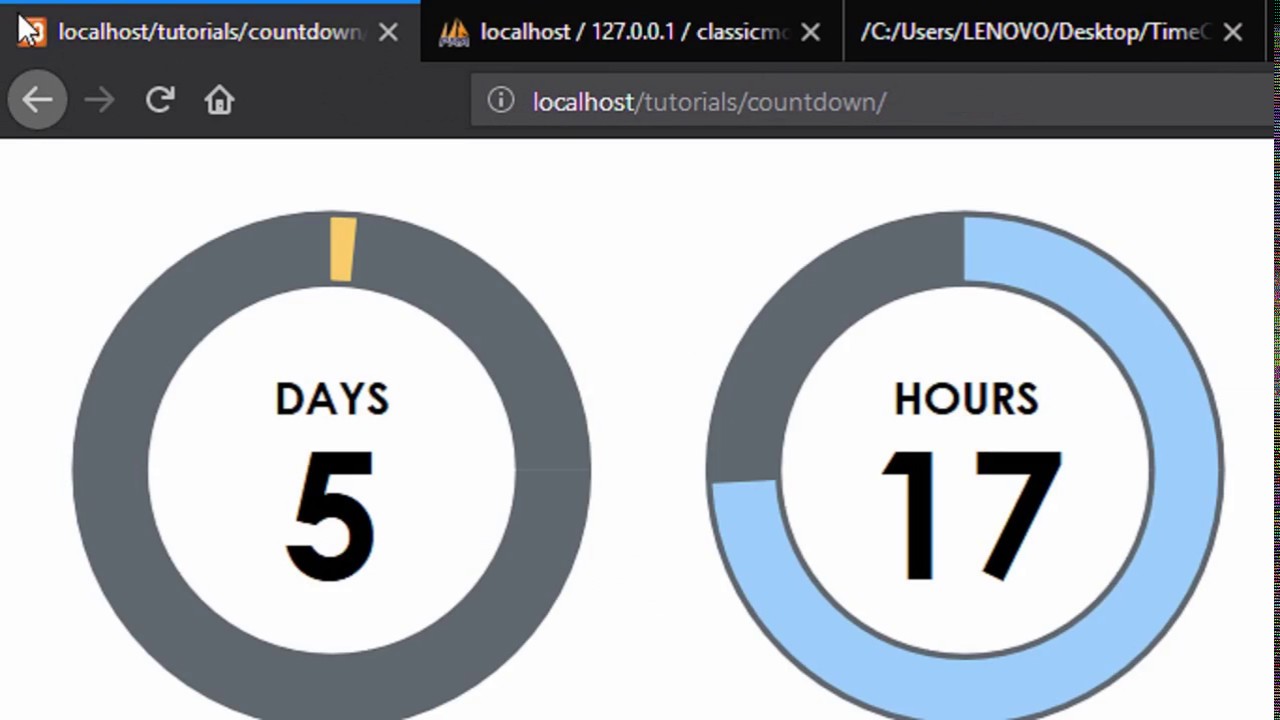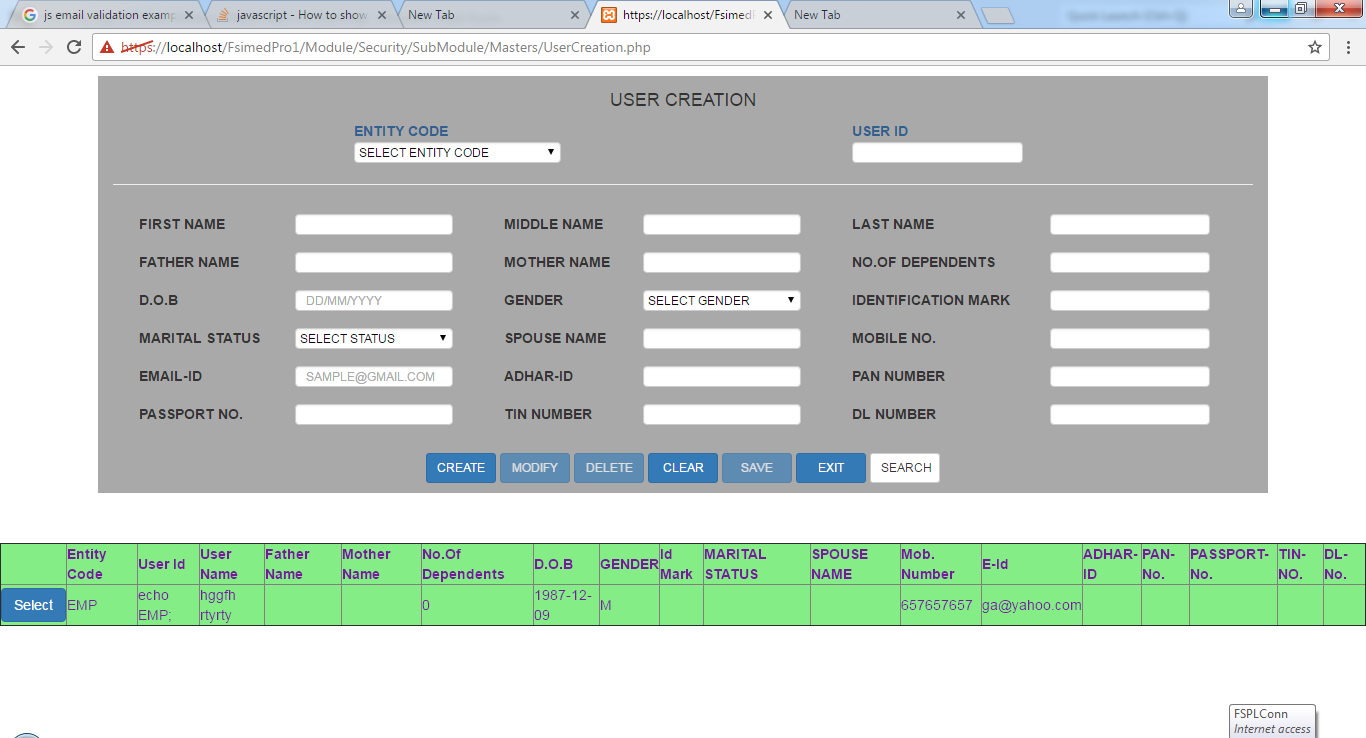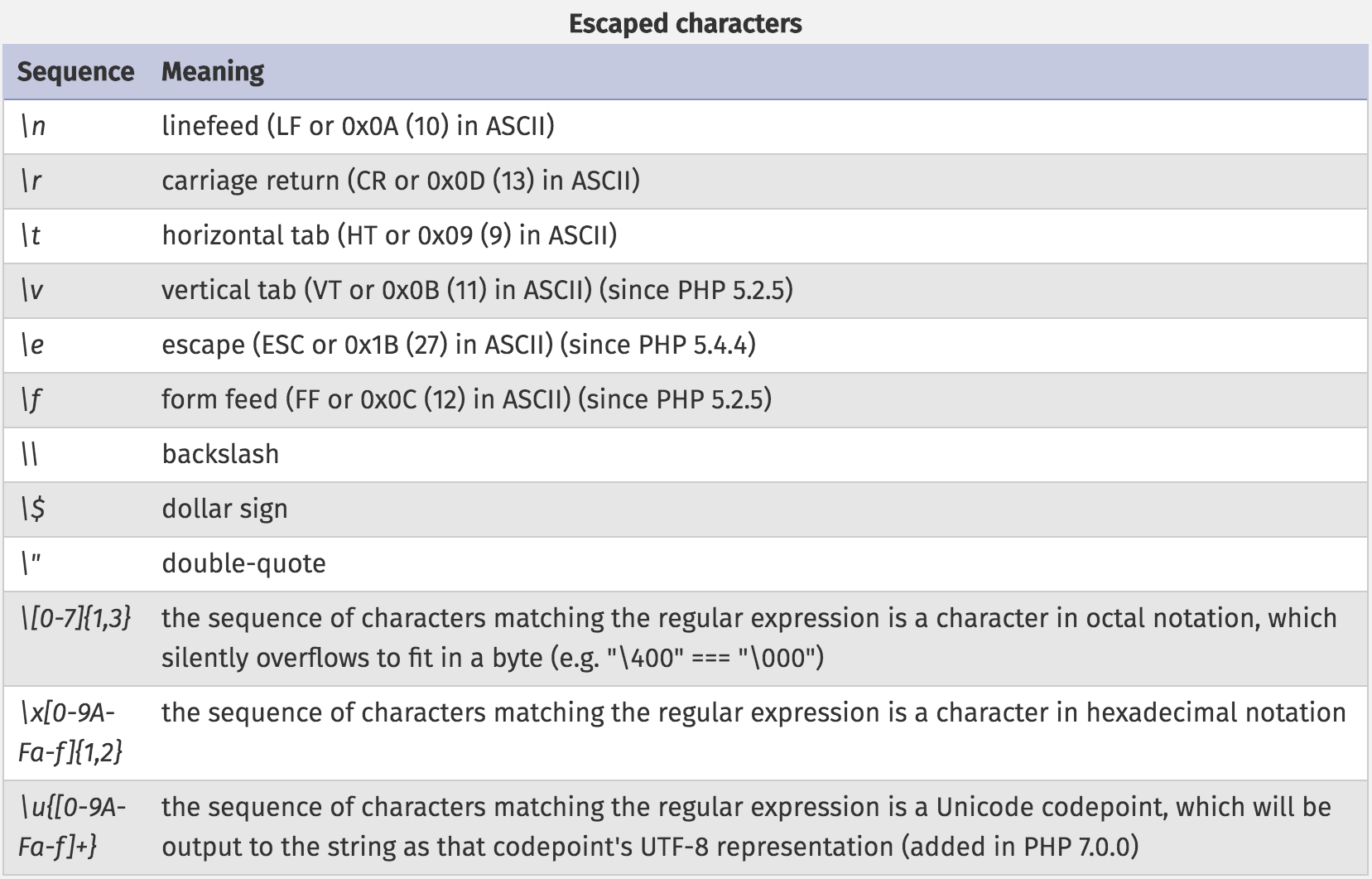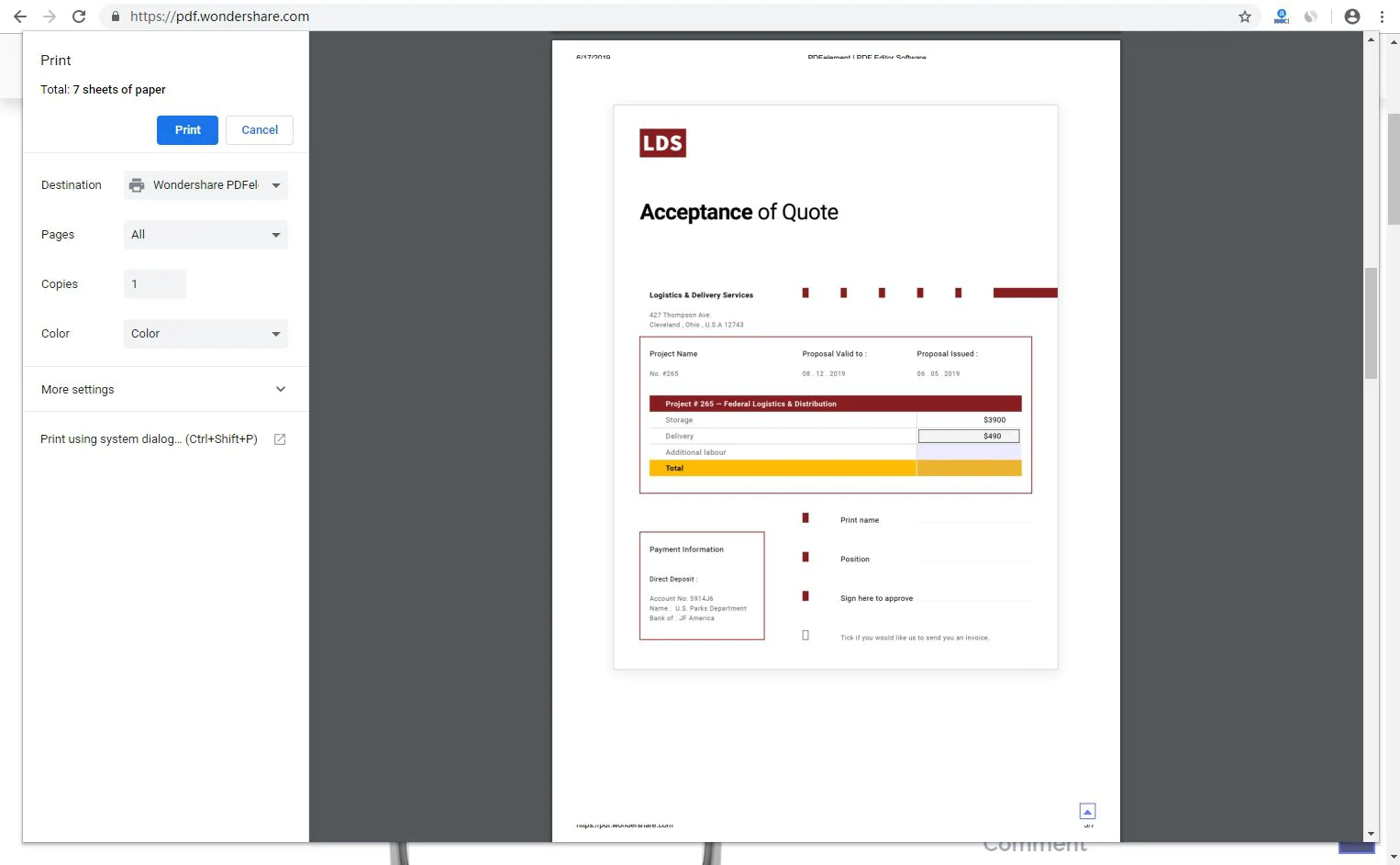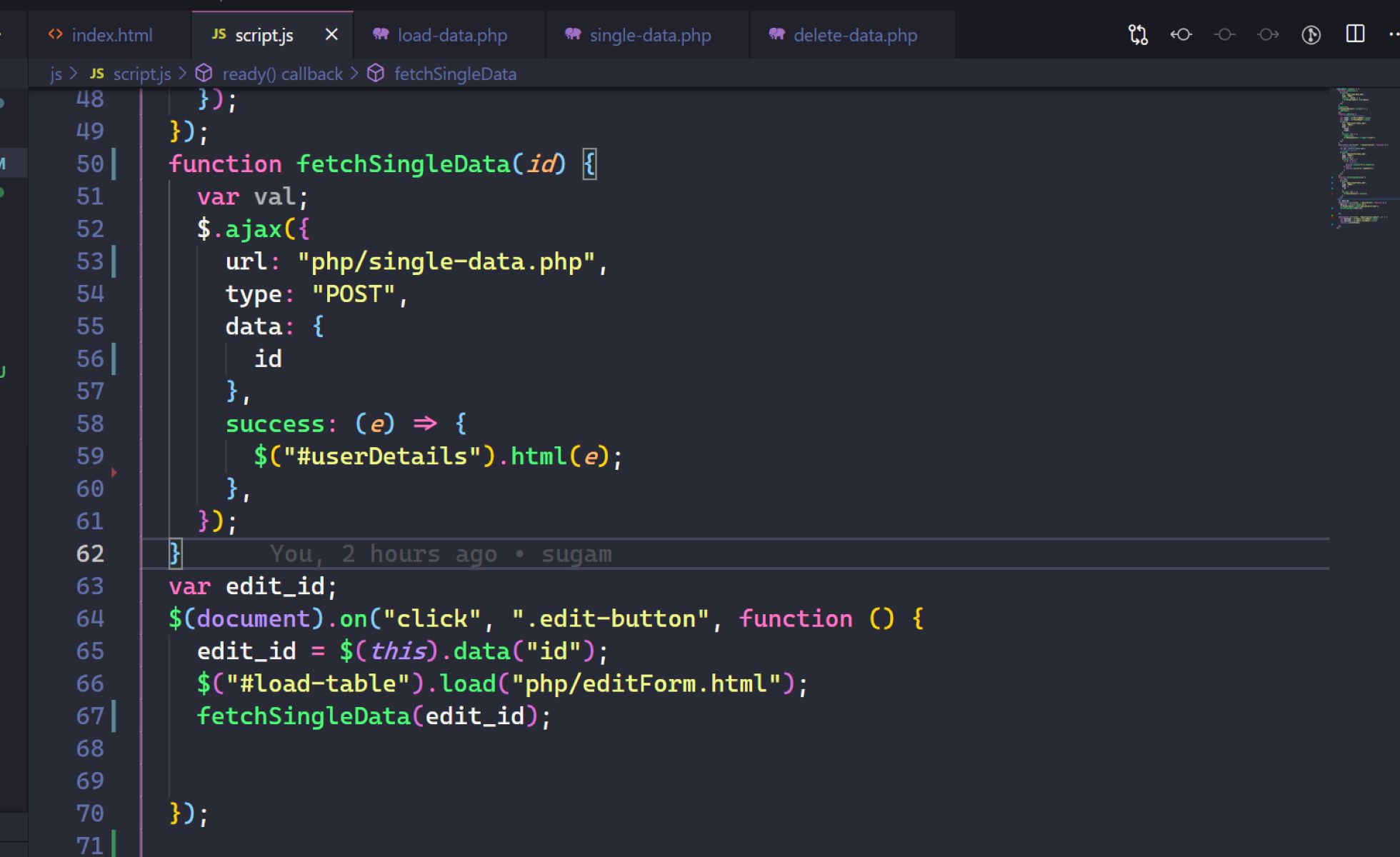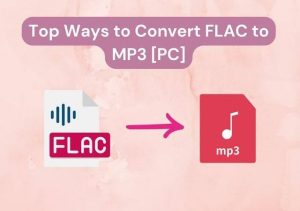Introduction
Welcome to this beginners guide on how to convert PHP to HTML.
This script will serve as the foundation for retrieving data and generating the HTML code.
To start,create a new PHP fileand open it in your preferred code editor.
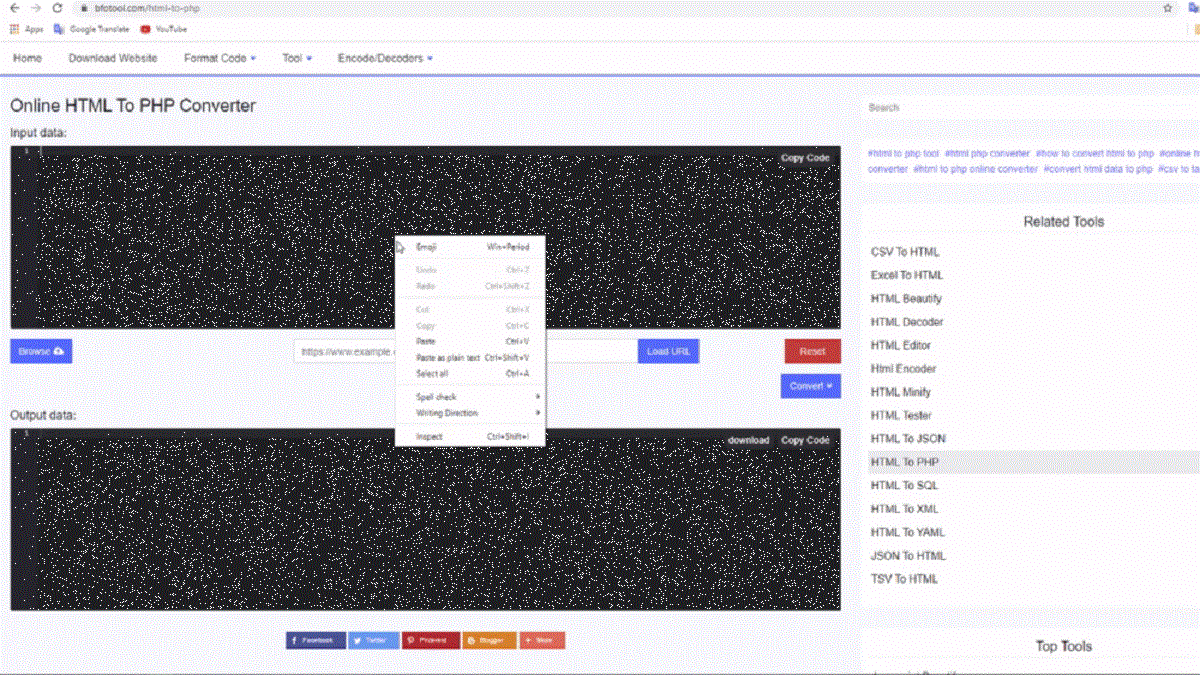
First, we need to define our database connection parameters.
This includes the host, username, password, and database name.
For example, lets say we want to retrieve all the products from a table called products.
Inside thewhileloop, we use themysqli_fetch_assoc()function to fetch each row of data as an associative array.
This way, we can access each products information, such as the name, price, and description.
To create an HTML structure, well need to consider the design and layout requirements of our project.
Lets assume we want to display the list of products in a simple, structured layout.
This step is crucial to ensure that the data is seamlessly integrated into the generated HTML code.
To insert dynamic data into the HTML structure, well leverage the power of PHPs echo statements and loops.
Within each iteration, we dynamically generate HTML elements by incorporating PHP echo statements.
This way, the resulting HTML file will present the data accurately and in a user-friendly format.
This will create a static HTML version of the page that can be served directly to website visitors.
The resulting HTML file will not be able to execute PHP code or interact with a database.
You have successfully converted your PHP code into HTML and created a static HTML file.
Conclusion
Congratulations on completing the conversion of PHP to HTML!
Static HTML files are easily cacheable by web browsers and content delivery networks, enhancing the overall user experience.
Remember to repeat the conversion process whenever you gotta update the dynamic data.
Good luck with your future web development endeavors!

